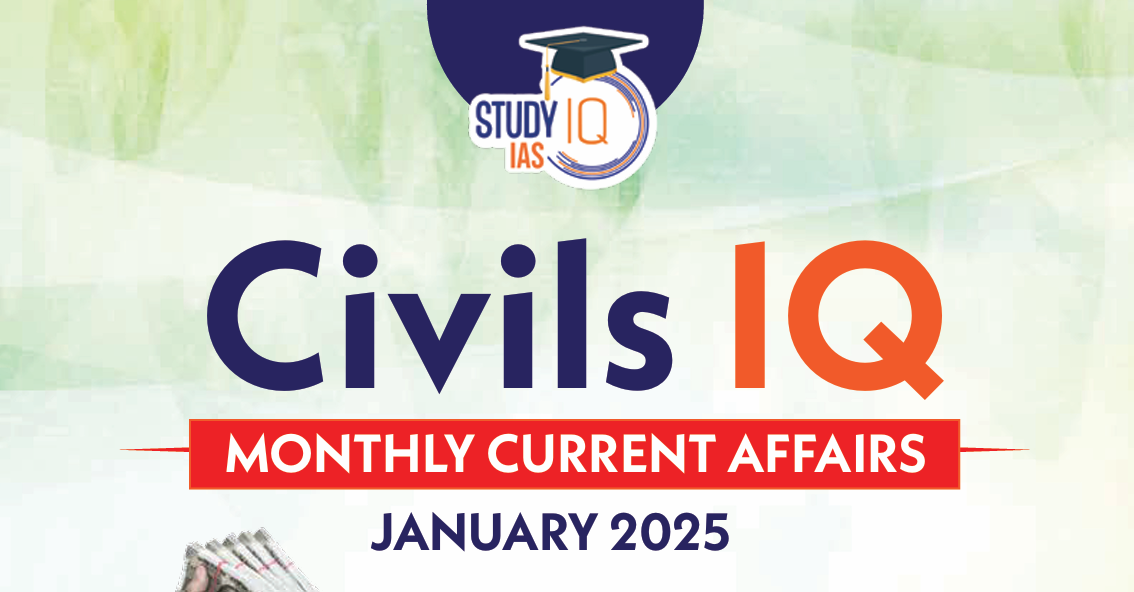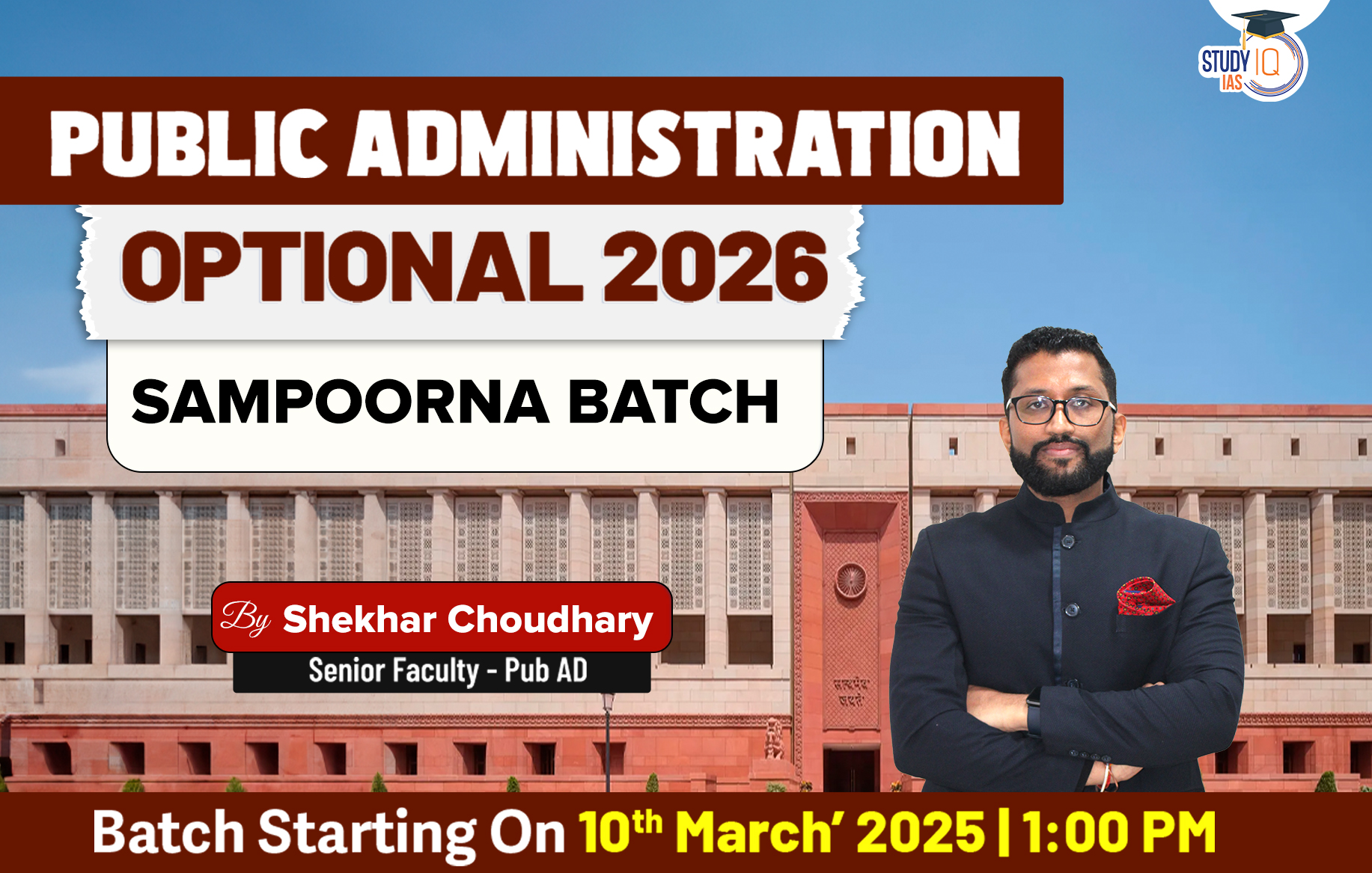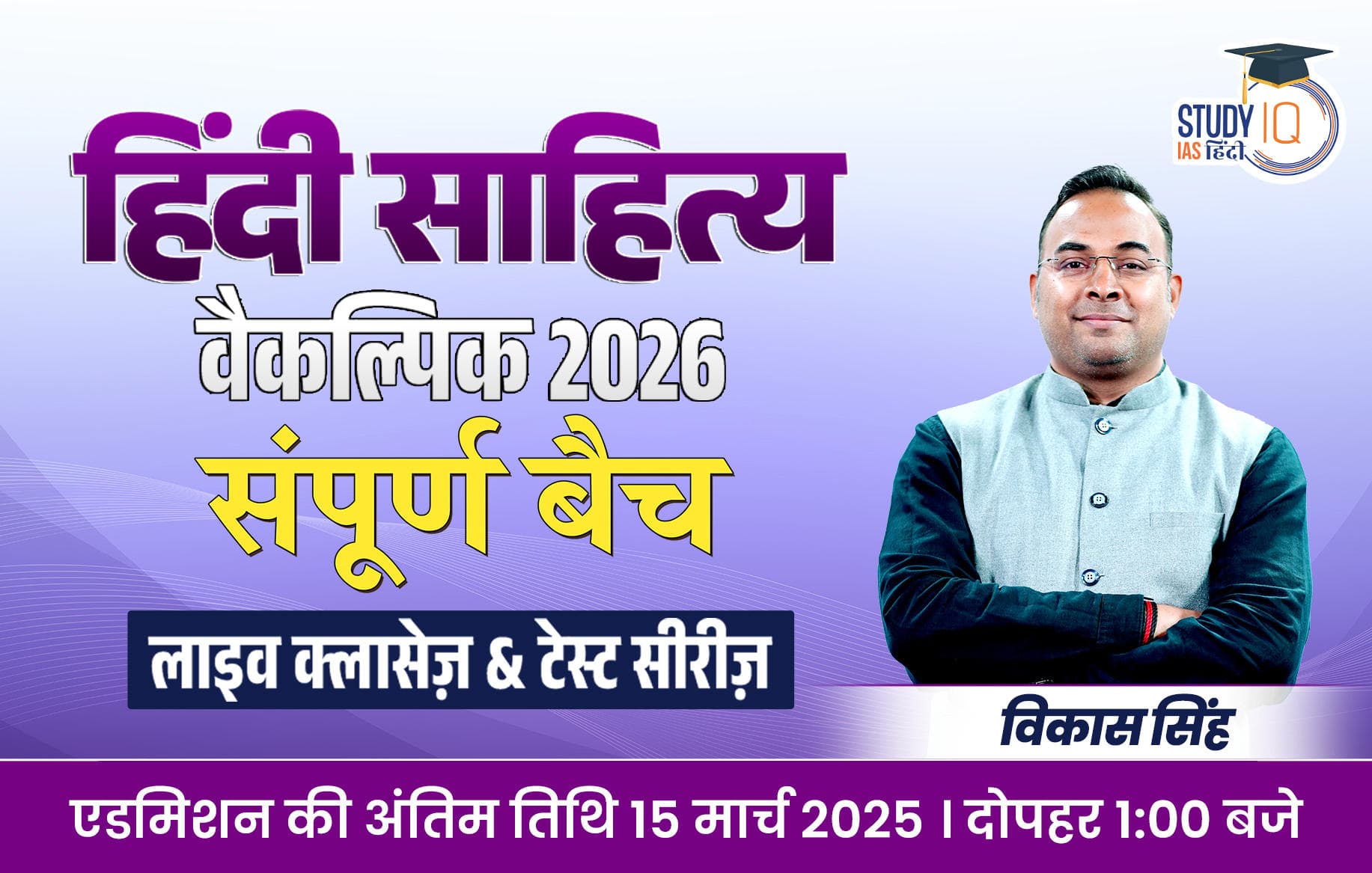Daily Current Affairs for UPSC 2023
Q) Recently seen in news, the term ‘Quasar’ is best described by which one of the following statement?
- A hypersonic cruise missile developed by DRDO
- A re-usable rocket being developed by SpaceX
- Luminous objects in galaxies that emit radio frequencies
- An Earth-like planet discovered by the James Webb Telescope
Daily Current Affairs for UPSC – 27 April 2023
Explanation:
- Option (3) is correct: Quasars, short for “quasi-stellar radio sources”, were first discovered six decades ago. They are very luminous objects in faraway galaxies that emit jets at radio frequencies. According to a new study published in Royal Astronomical Society, Quasars are formed when two galaxies collides into each other. They are only found in galaxies that have super-massive black holes which power these bright discs. Most quasars are larger than our solar system. They are located in super-massive black holes, which sit in the centre of galaxies. Galaxies that host a quasar showed morphological features that are consistent with galaxy mergers. When galaxies collide, it pushes the gas from the outer reaches of the galaxies to the centre. As the super-massive black hole gorges on the gas, it releases ferocious fountains of energy in the form of radiation, leading to the quasar.
Q) Consider the following statements about Eco sensitive zones (ESZ):
- While rainwater harvesting is permissible under the ESZ, commercial use of natural water is strictly prohibited.
- The term eco-sensitive zone is described in the Environmental Protection Act, 1986.
- ESZ are declared by state governments and are notified under the National Wildlife Action Plan.
Which of the statements given above is/are correct?
- 1 and 2 only
- 2 and 3 only
- 3 only
- 1, 2 and 3
Explanation:
- Statements 1 and 2 are incorrect: The purpose of Eco-Sensitive Zones (ESZs) is to create a “shock absorber” for protected areas and act as a transition zone from areas of high protection to those involving lesser protection. Within ESZs, prohibited activities include commercial mining, industries causing pollution, establishment of major hydroelectric projects, commercial use of wood, and certain tourism activities. Regulated activities within ESZs include felling of trees, establishment of hotels and resorts, commercial use of natural water, erection of electrical cables, drastic changes to agriculture systems, and widening of roads. Permitted activities within ESZs include ongoing agricultural or horticultural practices, rainwater harvesting, organic farming, use of renewable energy sources, and adoption of green technology for all activities.
- The declaration of Eco-Sensitive Zones (ESZs) in India is guided by laws such as the Wildlife Protection Act, 1972 and the Environmental Protection Act, 1986.
- The government has effectively used these laws and rules to declare ESZs or EFAs, even though the term “Eco-Sensitive Zones” is not explicitly mentioned in the laws.
- Statement 3 is correct: The Supreme Court recently modified its 2022 judgment on mandatory eco-sensitive zones (ESZ) around protected forests, national parks, and wildlife sanctuaries across the country. Eco Sensitive Zones (ESZs) are protected areas as per the provisions of the Environment Protection Act, of 1986 declared by state governments within 10 km of national parks and wildlife sanctuaries. They are notified by the Ministry of Environment, Forests, and Climate Change under the National Wildlife Action Plan prepared by the MoEFCC.
Q) With reference to Parliamentary Privileges, consider the following statements:
- The Supreme Court can adjudicate on cases related to the breach of privilege of parliament.
- These privileges are defined in the various laws made by the parliament.
Which of the statements given above is/are not correct?
- 1 only
- 2 only
- Both 1 and 2
- Neither 1 nor 2
Explanation:
- Statements 1 and 2 are incorrect:Rajya Sabha Chairman Jagdeep Dhankhar has referred to the privileges committee for examination a complaint of “breach of privilege” against a member of parliament (MP). Parliamentary privilege refers to rights and immunities enjoyed by Parliament as an institution and MPs in their individual capacity, without which they cannot discharge their functions as entrusted upon them by the Constitution. So far, neither Parliament nor any State legislature has enacted a legislation that defines the powers, privileges and immunities of the Houses, or that of its members and committees. These immunities are presently governed by British parliamentary conventions.
- The Government of India Act, 1935 first brought this provision to India, with references to the powers and privileges enjoyed by the House of Commons in Britain.
- Article 105 of the Constitution deals with powers, privileges of the Houses of Parliament and of the members and committees.
- Article 194 extends analogous protection to a member of the Legislature of every State.
- A member of the House can raise a question involving a breach of privilege with the consent of the Chairman or Speaker.
- Parliament is the sole authority to ascertain if there has been a breach of privilege or contempt of the House, no court is entrusted with this power.
Q) Consider the following statements about Gujjar-Bakarwals Community:
- They are recognised as a Scheduled Tribe in the state of Uttarakhand.
- They are considered to be descendants of the Yuchi tribes of Russia.
- They speak Bhoti, which is considered an endangered language by UNESCO.
Which of the statements given above is/are correct?
- 1 and 2 only
- 2 only
- 1 and 3 only
- 1, 2 and 3
Explanation:
- Statement 1 is incorrect but Statement 2 is correct:A local Gujjar from Poonch-Rajouri area has been accused of arranging the logistics for ambush on an Army truck in Poonch attack. Gujjar-Bakarwals Community is an ethnic nomadic, agricultural and pastoral community, spread mainly in India, Pakistan, Kashmir and Afghanistan divided internally into various clan groups. Some scholars trace their origin as the descendants of Kushan and the Yuchi tribes which are considered to be the tribes of Eastern Tatars (Russia). The Gujjar-Bakarwal community is recognized under the Scheduled Tribe category in the states of Himachal Pradesh and Jammu and Kashmir. The Gujjar community enjoys an Other Backward Class (OBC) status in ten states including Delhi, Haryana, Uttar Pradesh, Rajasthan, Gujarat, Punjab, Madhya Pradesh, Uttarakhand and Maharashtra.
- Statement 3 is incorrect: They have their own dialect Gojri which is a branch of Indo-Aryan dialect and have their own particular customs, workmanship and specialty. They undertake a biannual migration with their flock between the pastures of Kashmir and Ladakh during summers, and the plains of Jammu in winters. The Gujjars and Bakarwals comprise about 13-15 percent of the population of Jammu and Kashmir
Q) Consider the following statements about Atal Pension Yojana (APY):
- The scheme is open to any Indian citizen between the ages of 18 and 40.
- Women make up more than half of the total subscribers of the APY.
Which of the statements given above is/are correct?
- 1 only
- 2 only
- Both 1 and 2
- Neither 1 nor 2
Explanation:
- Statement 1 is correct: Atal Pension Yojana is a guaranteed pension scheme of the Government of India administered by the Pension Fund Regulatory and Development Authority (PFRDA). The scheme allows any citizen of India between the age group of 18-40 years to join through bank or post office branches where the person has a savings bank account. Under this scheme, a subscriber will receive a minimum guaranteed pension of Rs 1000 to Rs 5000 per month from the age of 60 years, depending on his contribution. On the death of the subscriber, the pension is guaranteed to the spouse for life. In the event of death of both the subscriber and his/her spouse, the full pension amount is paid to the nominee.
- Statement 2 is incorrect: A few encouraging trends have been observed in the demographics of the subscribers of APY, as the proportion of women enrolled in the program has increased from 38% in 2017 to 45% as of the current total enrollment. In a similar vein, the percentage of subscribers between the ages of 18 and 25 has increased from 32% in 2017 to 46% of all enrolments. According to the Finance Ministry, the total assets under management (AUM) in APY as of this date exceed Rs 25,000 crore.


 Pradhan Mantri Shram Yogi Maan-dhan Yoja...
Pradhan Mantri Shram Yogi Maan-dhan Yoja...
 SSC GD Constable Exam Official Answer Ke...
SSC GD Constable Exam Official Answer Ke...





















